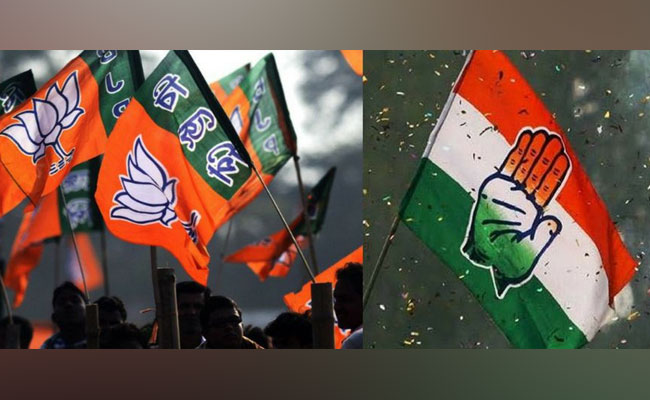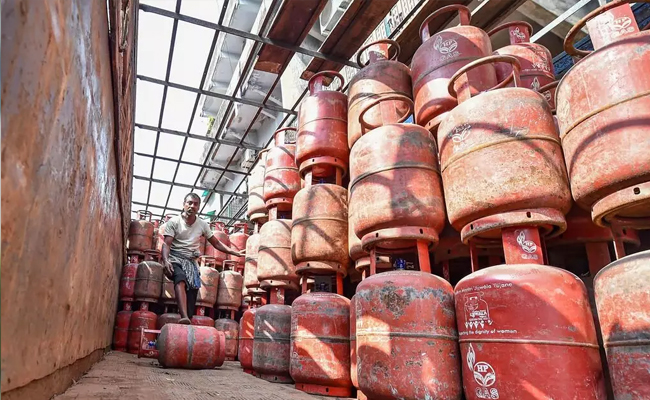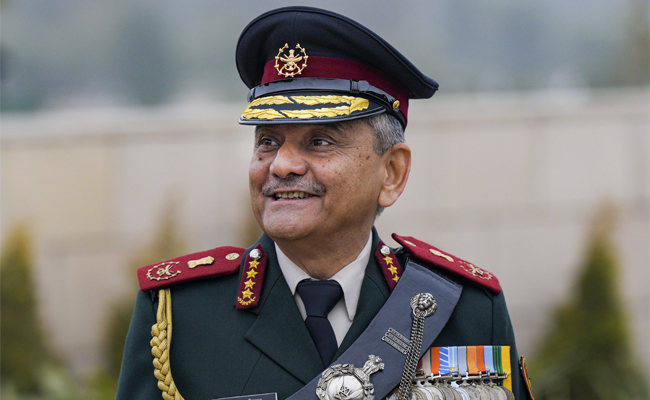New Delhi (PTI): The Congress Tuesday accused the BJP of making the "Parliament a one-sided partisan thing" amid reports that the ruling party's poll symbol 'Lotus' is being printed on the new uniform for Parliament staff.
Congress whip in Lok Sabha Manickam Tagore questioned why the 'Lotus' was being added and not a tiger or a peacock, the national animal and the national bird respectively.
"Why lotus only? Why can't a peacock or why can't a tiger? Oh, they're not BJP party election symbol. Why this fall sir Om Birla," Tagore said on X, using the hashtag "#NewDressforParliamentStaff".
A media suggested the Parliament staff will have a new dress code with the Lotus printed on it.
"Why is the government not ready to put Tiger in the Parliament staff's dress, because Tiger is the national animal. Why are they not ready to put the Peacock, which is the national bird, in the dress? But they chose to put the Lotus in the dress code of the Parliamentary staff, because the BJP's symbol is the Lotus," Tagore said in a statement.
"How cheap they are. They did it in G20 also. Now also they are doing it and saying it is the national flower.
"This kind of pettiness is not right. Hope the BJP grows up and not make the Parliament a one-sided partisan thing," he alleged.
Tagore said the Parliament is becoming a part of a party's symbol.
"It is unfortunate. The Parliament was above all parties. It shows that the BJP is interfering in every other institution," he said.
Let the Truth be known. If you read VB and like VB, please be a VB Supporter and Help us deliver the Truth to one and all.
Thane (PTI): A 45-year-old man was killed, and his wife and son were injured when a portion of plaster from the ceiling collapsed in their flat in a seven-storey building in Thane on Saturday, officials said.
Chief of the Regional Disaster Management Cell, Yasin Tadvi, said the 16-year-old building is not listed in the "dangerous" category.
"The incident occurred in Karumdev Society at about 3 am. The plaster of the hall in a flat on the terrace floor suddenly fell while the occupants were asleep", he said.
Of the four people who were inside the room, two suffered minor injuries and were discharged after primary treatment, Tadvi stated.
The injured persons were identified as Arpita More (42), who suffered minor head injuries, and her son Arush More (16), who sustained injuries to both legs.
Manoj More (45), who sustained chest injuries, died during treatment at a private hospital.





